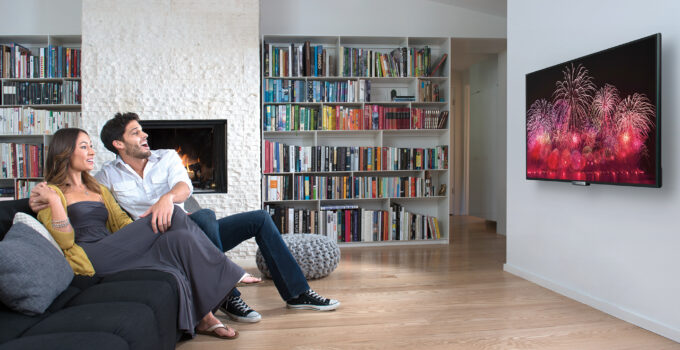You may one day want to buy a new TV. The choice is enormous, and there are thousands of models of the same size. There are many terms used in marketing: UHD, SUHD, OLED, 3D, nanocrystals, HDR, infinite contrast, 1000 nits lighting, curved screen, flat screen, etc. When you enter any goods retail store, you can see hundreds of exhibited TVs with beautiful demo content. Most users choose a product according to the price, the model that seems best to them, or according to what is within the special offer. Let’s try to ignore the price component and ask ourselves which 50 Inch TV we would choose if our complete focus would be on the picture quality of our TV.
1. Samsung Q6FN, Q60R

img source: futurecdn.net
We can connect these two series because they represent an excellent example of current development. Samsung has introduced the Q60R series as 2019 models in a segment they call “input QLED,” meaning middle class. The Q60R uses the Edge LED backlight system, so although the name Ultra Slim Array has been introduced, in practice, it is the same Edge LED system as the Q6FN model.
However, the Q6FN in its Edge LED backlight system also has local dimming technology while the Q60R does not. The color accuracy is very good with the Q60R, but the range and palette of possible colors are again slightly smaller than on the Q6FN. Fortunately, the difference is little enough to be quite challenging to notice in real conditions, so there are no problems with the Q60R in terms of colors. Still, it’s a little strange that Samsung has decided to distinguish between the Q6FN and the model that directly inherits it.
The same is when it comes to sound. The Q60R has two speakers with a total power of 20 W. In contrast, the previous model has a 2.1 system with the absolute power of 40 W. The sound provided by the Q60R is quite reliable, especially for standard TV applications. Still, compared to the Q6FN, there is a difference. Of course, the Q60R has its “bright moments,” which means better image processing (Quantum Processor 4K) and a more precise upscale of non-4K content.
However, the best feature of the Q60R is the much faster pixel response, which with a refresh rate of 120 Hz (models smaller than 55 “have a maximum of 60 Hz), allows a much clearer display in situations where there are fast-moving objects on the screen. Simply put, the motion blur effect is much less pronounced, so for the Q60R, this is a striking feature. Also, the Q60R has a lower lag signal input, which is especially important if you plan to use it as a computer monitor or for games via consoles. So, Q6FN for movies or Q60R for games, sports, and more.
2. Philips S7304
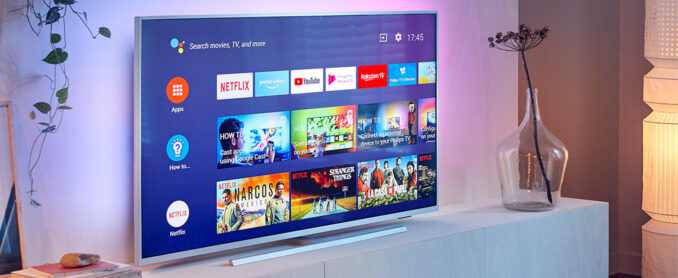
img source: amazon.com
Philips has also named the S7304 series of models The One, wanting to emphasize that these are models with a favorable price-performance ratio. However, it should be noted that some variants are equipped with a VA panel, while most larger models use IPS panels. Another important thing for the overall image quality is the backlight. The 55PUS7304 / 12 has DirectLED backlighting, but also MicroDimingPro technology.
There is also the first generation of P5 video processor that performs constant image corrections and has as many as 26 processing parameters (color, sharpness, contrast, format adaptation…). Besides, this model supports all current HDR standards, which is still a rarity, and that includes HLG, HDR10, HDR10 +, and DolbyVision. If we add the Android operating system to this, Philips 55PUS7304 fulfills the mantra of excellent value for money, features, and image quality.
3. Philips S6500
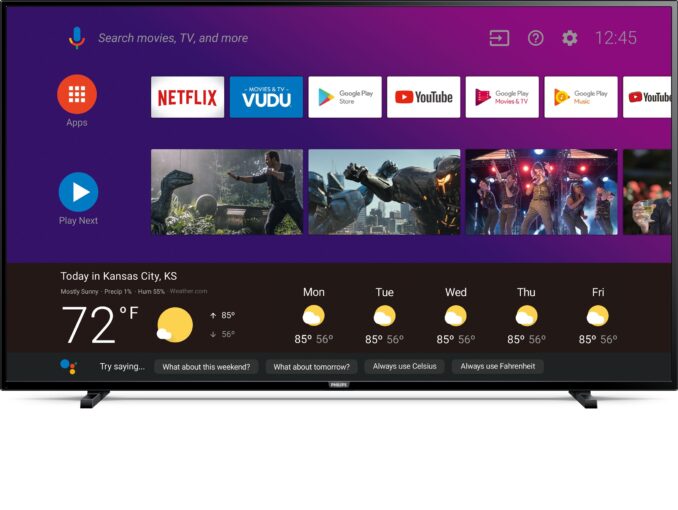
img source: walmartimages.com
When it comes to more economical models, 43 “models from this series are a good option, although they are currently the cheapest in the Philips offers. There are several variants of models from this series, but they are all maximally similar, so some separation of these details is not necessary. It is essential to know that this series of models use VA panels, but with DirectLED backlighting. The maximum brightness level is quite a good 350 nits, which with HDR10 support, allows for a more than a decent picture. The operating system is not Android, but Saphi, Philips, this version of smart software. The software in question is entirely usable and has all the necessary things expected, but there are no more advanced features offered by Android.
4. Hisense B7100
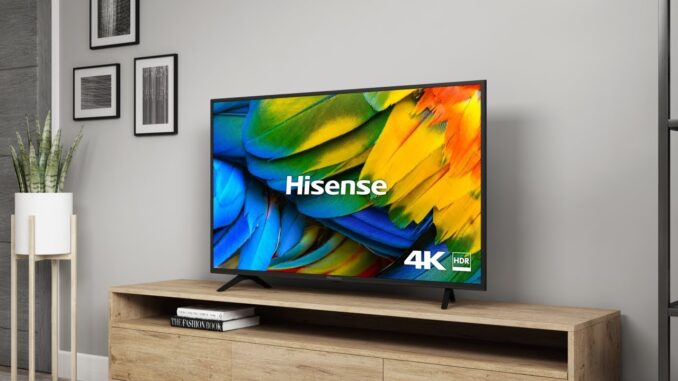
img source: ytimg.com
This series of models represents the lower middle class in the Hisense offer, accompanied by an attractive price. The B7100 model, with a diagonal of 50, is more affordable than almost all models. The H50B7100, like all Hisense models, uses their VA panel, with DirectLED backlighting. There are HDR10 support and a VIDAA 3.0 operating system, with all the standard stuff expected of a modern 4K smart TV.
The speakers are also decent, as well as a design that is even better than the price range in which this model is located. The only significant drawback is the lack of Wi-Fi 802.11ac support (g / n is there), so for the maximum transfer speeds required to stream 4K content, it is desirable to connect the TV via LAN cable.
5. Hisense U7B
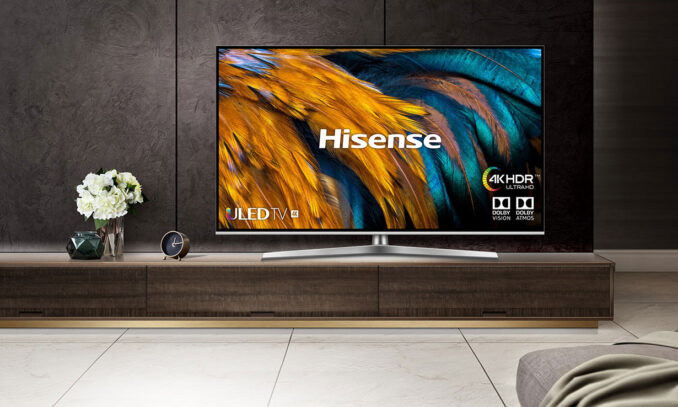
img source: cloudfront.net
Hisense also has an exciting model from the U7B series in the category of slightly more expensive TVs. The primary feature of these models is the use of a newer generation of ULED VA panels and the presence of dimming zones. The backlight of the U7B series is EdgeLED, which gains in the elegance of the design. This model also loses some of the uniformity of the lighting. However, the mentioned dimming zones are effective in reducing this effect and increasing the contrast in certain situations.
ULED panels are also characterized by a broader range of possible colors than standard VA screens, so there is 4K HDR certification with support for HDR10, HLG, HDR10 +, and DolbyVision standards. Gathering all these standards is not a very common case, so this is a detail that favors the models that support them.


